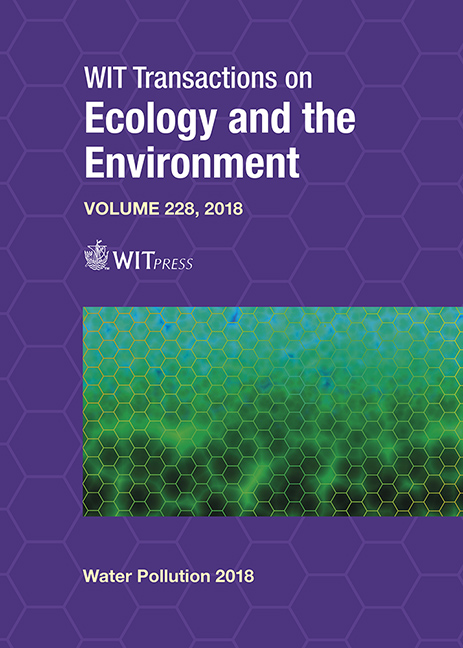URBAN ACUPUNCTURE: PRODUCING WATER IN INFORMAL SETTLEMENTS
Price
Free (open access)
Transaction
Volume
228
Pages
9
Page Range
285 - 293
Published
2018
Size
560 kb
Paper DOI
10.2495/WP180271
Copyright
WIT Press
Author(s)
CAMILO CERRO
Abstract
According to the United Nations, the world number of urban inhabitants is estimated to grow from the 3.9 billion at present, to 6.3 billion people by 2050. The vast majority of this population surplus is expected to be absorbed by informal settlements, where the inhabitants will have to deal with inadequate or non-existent water, health or sanitation systems. At present, more than 156 million urban dwellers, live without immediate access to water. A situation that can be remedied by implementing urban proposals following the principles of Urban Acupuncture, by which small scale interventions are designed to produce large scale social change. At any given time, there are 3.1 quadrillion gallons of water in the atmosphere which if tapped could solve water scarcity. The yearly humidity average of cities like Karachi in Pakistan or Mumbai in India is around 70%. Making them the perfect sites for the use of atmospheric water generator, since these devises are designed to produce water from humidity levels as low as 35%. A single atmospheric water generator can produce up to 5000 litters of clean filtered water a day. Each of the proposed architectural interventions presented below, would house a minimum of four generators, producing 20,000 liters of a water a day. Functioning as a hive, these water towers would be placed at multiple social nodes within an informal settlement, potentially solving the water crisis by producing clean, filtered, free, accessible water and by doing so eliminating health and sanitation issues. The proposed case study presented in this paper is the result of an ongoing evolution of ideas on social design, developed to address water scarcity in informal settlements while also trying to hybridize the proposed intervention to tackle other water related issues that deal with nutrition and access to food. The idea is to create a network of interdependent facilities that directly serve a large number of people through architectural interventions that require minimal maintenance and the possibility of creating local jobs while helping solve the water and food crisis in informal settlements around the developing world.
Keywords
sustainability, atmospheric water generator, urban farming, urban acupuncture, developing world, water, hydroponics





